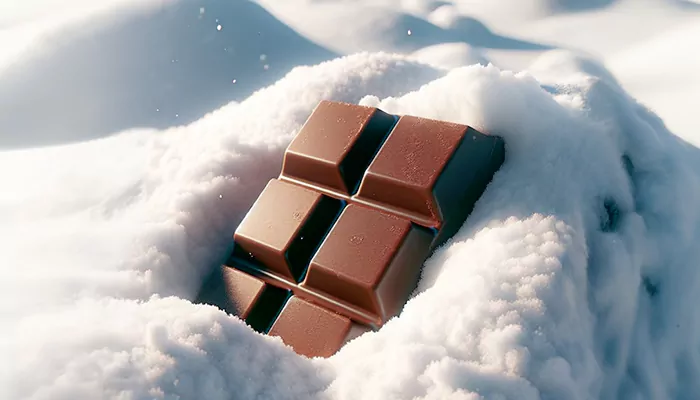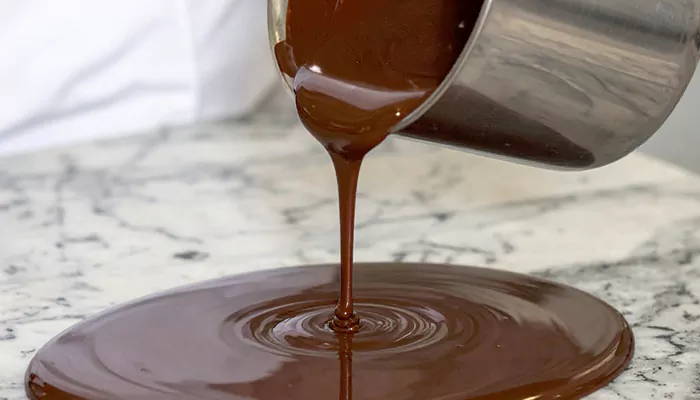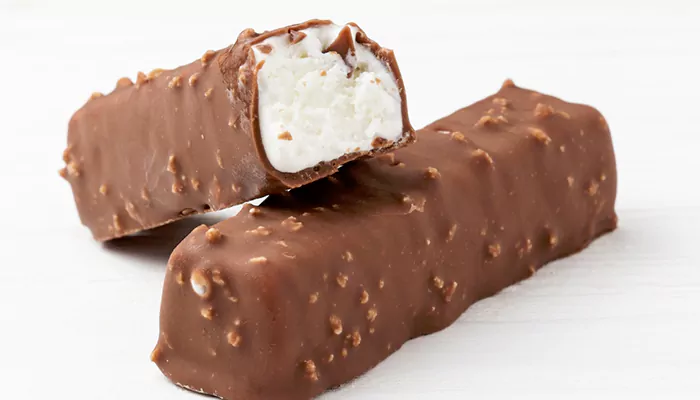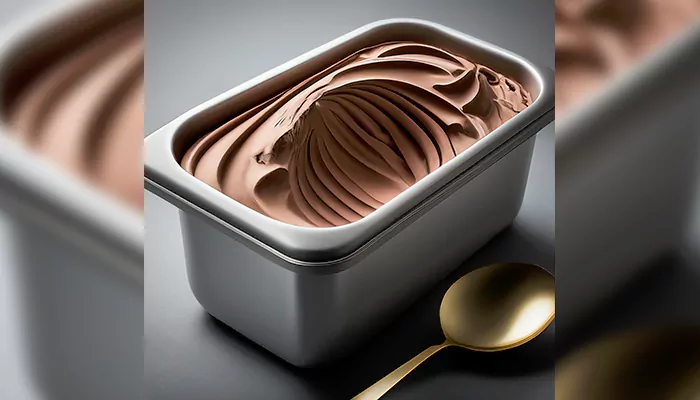
Forget melting messes! We're diving into the frosty, fascinating world of polar-proof chocolate – the science, the snacks, and how to savor your bar even when it's seriously sub-zero outside. Happy World Chocolate Day!
Happy World Chocolate Day, fellow cocoa lovers! While many of us celebrate with a melty, gooey square (bliss!), spare a thought for the true adventurers – scientists in Antarctica, explorers on Arctic ice, or just folks living where winter bites hard. For them, regular chocolate often turns into a brittle, disappointing mess faster than you can say "hypothermia." Seriously, have you tried snapping a frozen chocolate bar? It shatters like glass! Not ideal for a cozy, indulgent moment.
So, what gives? Why does our beloved treat turn traitor in the cold? And more importantly, what genius solutions are out there? Let’s unwrap the chilly challenge of polar chocolate!
Okay, science time, but keep it cool. Chocolate's dreamy texture comes from its unique fat structure – mainly cocoa butter. This fat is pretty picky about temperature. When it gets really cold (think well below freezing, like -20°C/-4°F or colder!), those fat molecules tighten up and contract hard. This makes the chocolate incredibly brittle. Snap! Crumble! Gone.
Plus, temperature swings are a killer. Moving from a warm pocket to frigid air causes condensation inside the wrapper. When it refreezes? Icy crystals form, messing with texture and sometimes even creating a weird, whitish "bloom" (harmless, but not pretty!). Basically, standard chocolate wasn't designed for polar expeditions or your super-chilly ski trip snack.

Fear not, frosty friends! Clever chocolatiers and food scientists have been busy. Creating chocolate for extreme cold isn't just about making it harder; it's about making it resilient and enjoyable. Here’s the lowdown:
Fat is Where It's At
The biggest trick is tweaking the fat profile. Some makers blend in different vegetable fats (like palm or shea butter, sourced sustainably, of course!) alongside cocoa butter. These fats stay softer at lower temperatures. Others might adjust the cocoa butter crystals themselves through specialized tempering processes. The goal? A bar that stays firm enough not to melt instantly in your hand but flexible enough to bite into cleanly, even when it's -30°C/-22°F outside. Think chewier snap, not glass-like shatter.
Sweetness & Structure Savvy
Sugar content and particle size also play a role. Finer sugar particles can help create a smoother texture that's less prone to becoming unpleasantly gritty when cold. Sometimes, formulations lean slightly sweeter to counterbalance any muted flavors that extreme cold can cause.

Wrap Trap
Packaging is crucial! Think heavy-duty, multi-layer foil wrappers that act like mini-insulated jackets. These barriers minimize temperature shock and prevent moisture sneaking in and out, keeping those dreaded ice crystals at bay. Some expedition-grade chocolates even come in vacuum-sealed packs inside their foil!
This isn't just lab theory; real chocolate exists for the coldest corners:
Polar Expedition Specialists
Companies supplying scientific bases (like those in Antarctica via organizations like the Antarctic Logistics Centre International) often have specially formulated high-energy chocolate bars. Think dense, often milk or dark chocolate, designed for maximum calories and resilience. They might not win beauty contests, but they deliver crucial energy and morale!
Nordic Know-How
Scandinavians know cold! Brands like Norway's Freia (famous for Kvikk Lunsj, their hiking chocolate) and Sweden's Marabou have generations of experience making chocolate that holds up better in their chilly climate. They focus on texture and formulations that resist extreme brittleness.
Canadian Craftiness
In Canada, where winter is no joke, chocolatiers like Rocky Mountain Chocolate Factory or smaller artisans often tweak recipes, especially for products sold in ski resorts or northern communities. Expect richer, slightly softer-bite dark chocolates or well-insulated treats.
The "Tough Bar" Trend
Some newer, adventure-focused brands are explicitly marketing bars for "extreme conditions" or "freezer storage." They highlight their resilient texture and robust packaging. Worth checking out for serious cold-weather escapades!

You don't need to be crossing the Arctic Circle to enjoy better cold chocolate. Here are some tips:
Embrace the Dark Side
Generally, high-cocoa dark chocolate (70%+) handles cold slightly better than milk chocolate due to lower sugar and milk fat content. It tends to be less brittle.
Think Thin
Thin bars or chocolate-covered items (like nuts or raisins) often snap cleaner when cold than thick blocks. More surface area = less internal stress when biting.
Pre-Chill Gently
If you want cold chocolate (so refreshing!), put it in the fridge, not the freezer. The fridge is cold but less extreme, reducing brittleness. Let it sit for a minute outside the fridge before biting.

Pocket Power
Keep your chocolate in an inner pocket, close to your body heat. This minimizes the temperature drop compared to an outer pocket exposed to wind chill. A small insulated pouch works wonders too!
Savor Slowly
Let a small piece warm up slightly on your tongue before chewing. This releases the flavors beautifully, even if the bar itself is cold.
So, there you have it! The quest for perfect polar chocolate is a blend of culinary science, clever engineering, and understanding the harsh reality of deep cold. It’s proof of human ingenuity (and our love for chocolate!) can conquer even the most frozen challenges.
This World Chocolate Day, whether you're cozy by the fire or bundling up for the cold, take a moment to appreciate the humble cocoa bean. And if you are heading somewhere frosty, maybe seek out a bar built for the bite. Because everyone deserves a delicious, un-shattered moment of chocolate joy, no matter how low the mercury drops. Now, go enjoy some cocoa magic! What's your favorite way to eat chocolate in the cold?